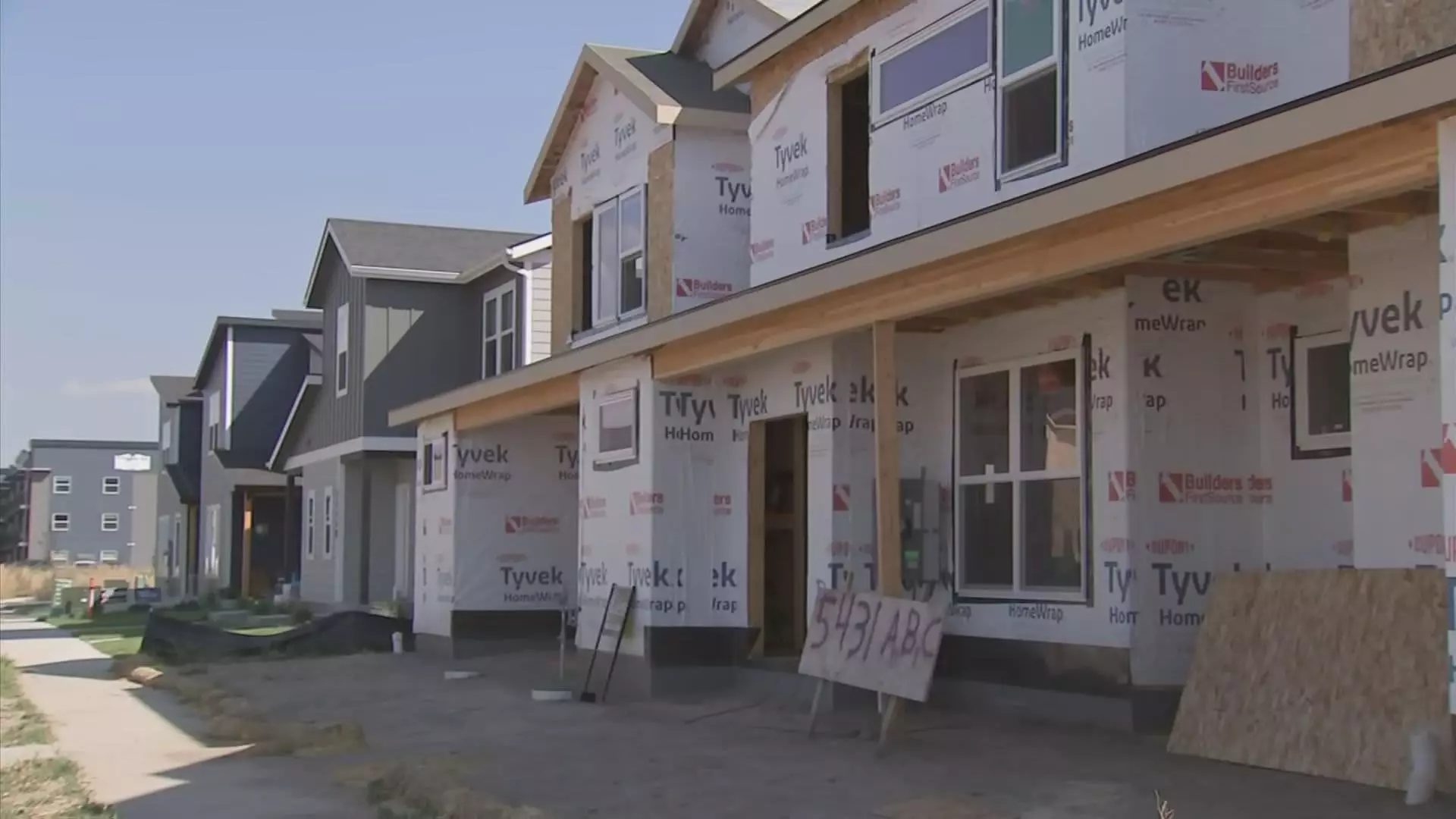In recent years, the beautiful state of Montana has experienced an abrupt shift in its housing landscape. A surge in population, largely attributed to an influx of out-of-state residents seeking a slice of the pristine environment Montana offers, has driven the cost of living to unprecedented heights. As municipalities like Missoula strive to meet demand through new subdivisions, the pressing question remains: how can local residents find affordable housing in a market that seems increasingly unattainable? This article explores the complexities of the housing problem in Montana, highlighting the economic and political implications that accompany this challenge.
Market Shifts: The Impact of Incoming Residents
The influx of wealthier individuals relocating to Montana has precipitated a significant increase in housing prices. Local real estate associations, such as the Montana Association of Realtors, have noted that home prices in the region have surged by approximately 66% over the past four years—far outpacing the national average of 50%. This dramatic rise is particularly detrimental for native Montanans, many of whom find themselves priced out of their own communities. DJ Smith, the president of the Montana Realtors, emphasizes the plight of locals: “For Montanans, it’s been harder and harder to find a home that meets their needs and is affordable.” The gap between wages and housing prices is widening, leading to a grueling dilemma for families and individuals trying to secure a stable place to live.
The Political Landscape: Housing as a Campaign Issue
Interestingly, the housing crisis has garnered significant attention in the realm of politics, especially ahead of the upcoming Senate election. Incumbent Senator Jon Tester faces potential reelection challenges in a state that overwhelmingly supported former President Donald Trump in the 2020 elections. As part of his campaign strategy, Tester has made housing affordability a central theme, arguing that the rising housing prices have been fueled by external demands that are reshaping the state. He voices concerns over the influx of wealthier residents who, in his view, threaten to alter Montana’s character. This perspective is echoed in local debates as candidates grapple with how to restore affordability in the housing market.
Tim Sheehy, Tester’s Republican opponent, articulates a different viewpoint, attributing the current housing situation to inflation driven by federal policies. Sheehy contends that the burden is compounded for businesses trying to recruit talent to Montana amidst these inflated housing costs, a sentiment that strikes a chord with local entrepreneurs. His claim suggests that the solution may rest on broader economic principles rather than local zoning policy adjustments.
The impact of inflation poses a fundamental issue beyond political debates. As housing prices continue to soar, native Montanans are increasingly unable to afford the homes in which they grew up. The median household income in the state hovers around $67,631, yet the median home price in Missoula sits at a staggering $568,377. The growing disparity between income and housing costs is a concern echoed by many industry leaders who fear that potential future residents will be unable to participate in a community historically known for its affordability.
This dramatic shift has resulted in a concerning trend: approximately 30% of home purchases last year were completed with cash, primarily by those selling homes in more expensive regions, such as California or Colorado. The resilience of cash buyers in the market further exacerbates the vulnerabilities of local residents who are reliant on financing to secure homeownership.
Underlying Challenges: Labor Shortages in Construction
The housing crisis is compounded by another pressing concern: a shortage of skilled laborers within the construction industry. Builders like Andrew Weigand from Butler Creek Development illustrate the challenges associated with this shortage, pointing to an aging workforce and diminishing interest from younger generations in pursuing trades such as plumbing and electrical work. The constricted labor pool inevitably results in higher costs for construction and remodeling, limiting the opportunities for new housing developments that could ease the market’s pressure.
Weigand’s insights highlight the broader need to invest in job training and vocational programs to cultivate a new generation of skilled laborers, capable of meeting the demands of a rapidly evolving market. Without addressing this fundamental issue, housing affordability in Montana will likely continue to drift further out of reach for many residents.
In response to these challenges, Tester has proposed several measures aimed at assisting Montanans struggling to find affordable housing. Initiatives such as grants for housing development and tax credits to encourage local ownership of mobile home parks are steps forward in the fight against rising costs. Meanwhile, Sheehy seeks to bolster trade programs to increase the labor force in construction, presenting a complementary approach to fostering long-term solutions to the crisis.
As Montana navigates the complexities of its housing crisis, it faces a pivotal moment. Political maneuvering will certainly play a role in shaping the trajectory of state policies, but addressing the underlying economic issues, particularly inflated housing costs and the labor shortage in construction, must be at the forefront of any real solution. For native Montanans, the stakes are high, and the outcome of these discussions will likely determine the character and viability of their communities in the years to come.

